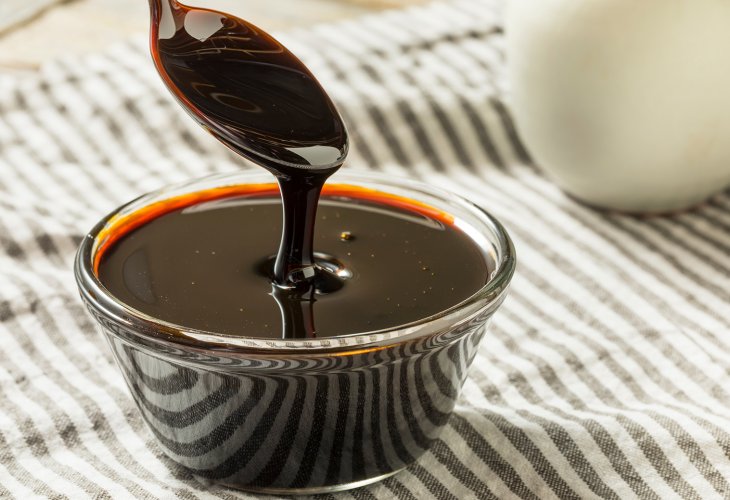Discovering Molasses: Sweet, Nutritious, and Versatile
Types of molasses and the key differences between molasses and sugar.
 (photo: shutterstock)
(photo: shutterstock)Molasses, often referred to as 'd'vashah,' is a byproduct left over during the sugar refining process, specifically during the extraction of sugar from sugar cane or sugar beet. Once the white sugar crystals are removed, the remaining brown or black liquid is what we call molasses.
This leftover is surprisingly rich in nutrients.
There are three types of molasses:
1. Light molasses, which has a brown hue. It comes from the first boiling of the sugar cane and retains a high sugar content.
2. Dark molasses. This is a result of the second boiling and is less sweet than the first.
3. Blackstrap molasses. Considered the healthiest, it's produced after the third boiling of the sugar. It contains the least sugar amongst the varieties, but the highest amount of vitamins and minerals.
Molasses is packed with minerals like iron, manganese, calcium, chromium, zinc, and copper, making it excellent for boosting energy and vitality.
Thanks to its high iron content, molasses can help with anemia. You can add a teaspoon of molasses to warm water and drink it as a supplement.
Blackstrap molasses also strengthens bones since it contains both calcium and magnesium—two essential minerals for skeletal and muscular health.
For diabetics, refined sugars should ideally be avoided in all forms. Although blackstrap molasses comes from sugar, it digests more slowly due to its carbohydrate content, aiding in stabilizing blood sugar levels. In other words, the glycemic index of molasses is lower than that of white sugar. Of course, consumption should always be moderated.
Molasses can also improve digestive system function and is beneficial for digestive issues post-childbirth.
Unlike syrups like maple syrup, natural silan, or agave that mainly contain carbohydrates, molasses sweetens while being rich in vitamins and minerals that boost the immune system and energy levels. Add a teaspoon to your morning beverage.
You can incorporate molasses into marinades for meats, poultry, or fish.
Use it in salad dressings or seasoning.
Blend it into smoothies or oatmeal porridge.
In baking, substitute part of the sugar in recipes with molasses.
For every cup of sugar in a recipe, replace it with half a cup of molasses. This increases nutritional value while reducing harmful sugar.
During the sugar processing and bleaching operations, sulfur is often used. Ensure the molasses you purchase is sulfur-free, dark, natural, and preferably organic.
Zohara Shravit is a naturopath N.D and an iridology expert, with extensive experience providing treatment, advice, and conducting workshops. To book a free workshop, call 073-2221290

